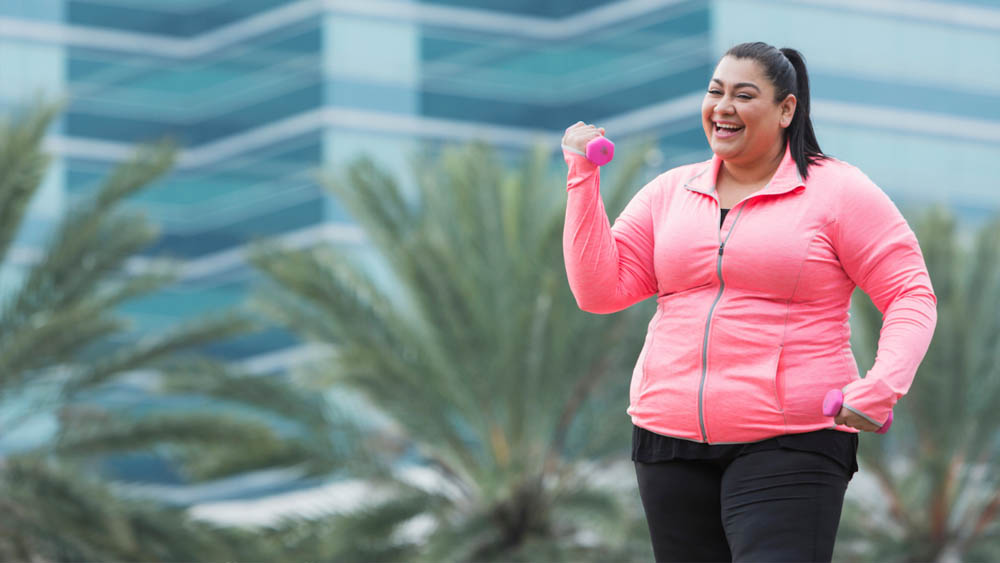Managing Painful Lipedema Symptoms
GET DIAGNOSED
Share on facebook
Facebook
Share on twitter
Twitter
Share on linkedin
LinkedIn
If left untreated, lipedema can develop into hardened skin (fibrosis), prevent wound healing, induce vascular complications, cause joint deformities, and even progress into lymphedema. It can also lead to extreme pain, swelling, tenderness, and bruising of the skin surrounding the lumpy, accumulated fat nodules.
Lipedema is an acute fat deposition disorder affecting nearly 11% of the population, primarily women. Key characteristics of the disease include disproportionate fat accumulation in the lower region of the body, including the legs, buttocks, hips, calves, and ankles, giving the legs a column-like appearance. Aside from the distinct physical traits of lipedema is the painful fat phenomena associated with the disease. Until surgical intervention, such as MLE (Manual Lipedema Extraction), becomes a viable option for a person living with lipedema, there are several decongestive therapies that can help significantly reduce the everyday pain, pressure, and discomfort from fat that hurts. Source
Get Real with the RAD Diet
While diet and exercise will not cure lipedema, as lipedema fat is unresponsive to diet and exercise, it can help slow its progression into the latter, more troublesome stages. Strictly adhering to the RAD (Rare Adipose Disorder) diet rich in anti-inflammatory, heart-healthy foods will help keep painful swelling under control. You can “starve” lipedema by avoiding added sugars (specifically fructose), refined grains (specifically those with gluten), and chemically modified fats.
Get Moving with Low-Impact Exercise
Moving as much as you can on a daily basis will help boost lymph flow, alleviating pain and pressure in the lower limbs. Low-impact exercises like walking, hiking, biking, swimming, water aerobics, and even yoga are helpful ways to keep pain-free, mobile, and emotionally uplifted.
Get Wrapped Up in Compression Garments
Getting properly fitted for customized compression garments will help provide much-needed relief to affected areas by stimulating lymph flow and preventing pain-inducing buildup and blockage. Once fitted, be sure to wear compression garments for up to 12 hours daily for optimal relief or as prescribed by your physician.
Get a Handle on Pain with Manual Lymphatic Drainage
Gentle, rhythmic movements coupled with deep tissue massage and stretching of the skin encourage lymph flow, prevent painful blockages, and relieve swelling and tenderness. Healthy, normal lymph will freely flow to healthy vessels where it can be drained into the venous system, mitigating pain and preventing fibrosis.
Healthy, Hygienic Nail and Skin Care Helps – Hands Down
Because lipedema adversely affects the skin, it’s imperative to keep skin and nails well-cared for by cleansing and moisturizing daily and sticking to regular salon trips for pedicures. Healthy, moisturized skin and manicured nails will lower the risk of infections and wounds, plus they’ll make you feel pampered and pretty. Source
Conclusion
Eventually, lipedema will progress, regardless of all the therapies you painstakingly put into place. You’re on borrowed time with lipedema. While the above suggestions will undoubtedly help keep the pain away for some time, surgical interventions, such as water-assisted liposuction or MLE, are the only long-lasting treatments proven to stop painful lipedema symptoms immediately. MLE involves the manual removal of fat nodules from affected areas through incisions with the removal of excess skin if needed. A water-assisted liposuction technique uses a water jet to target and dislodge fat to help prevent damage to the susceptible lymphatic vessels, which can lead to lymphedema if compromised.
Regardless of your lipedema’s current stage, Total Lipedema Care can offer a comprehensive, customized treatment plan to help you navigate the murky waters of such a complicated, misunderstood disease. Dr. Jamie Schwartz is a world-renowned, leading lipedema expert specializing in the ongoing research of lipedema, as well as providing advanced, trademarked treatments that have rekindled the quality of life for his hundreds of lipedema patients. To learn more or to set up a consultation with Dr. Jamie, please contact our office today to speak with any one of our compassionate, caring staff members.
If you feel you may benefit from lipedema revision surgery and would like to book a consultation with Dr. Jamie Schwartz to evaluate your current physical situation, as well as your medical and lipedema surgical history, be sure to contact our office to speak with any one of our compassionate, highly-knowledgeable staff members. We look forward to hearing from you and we’re always here to help.

